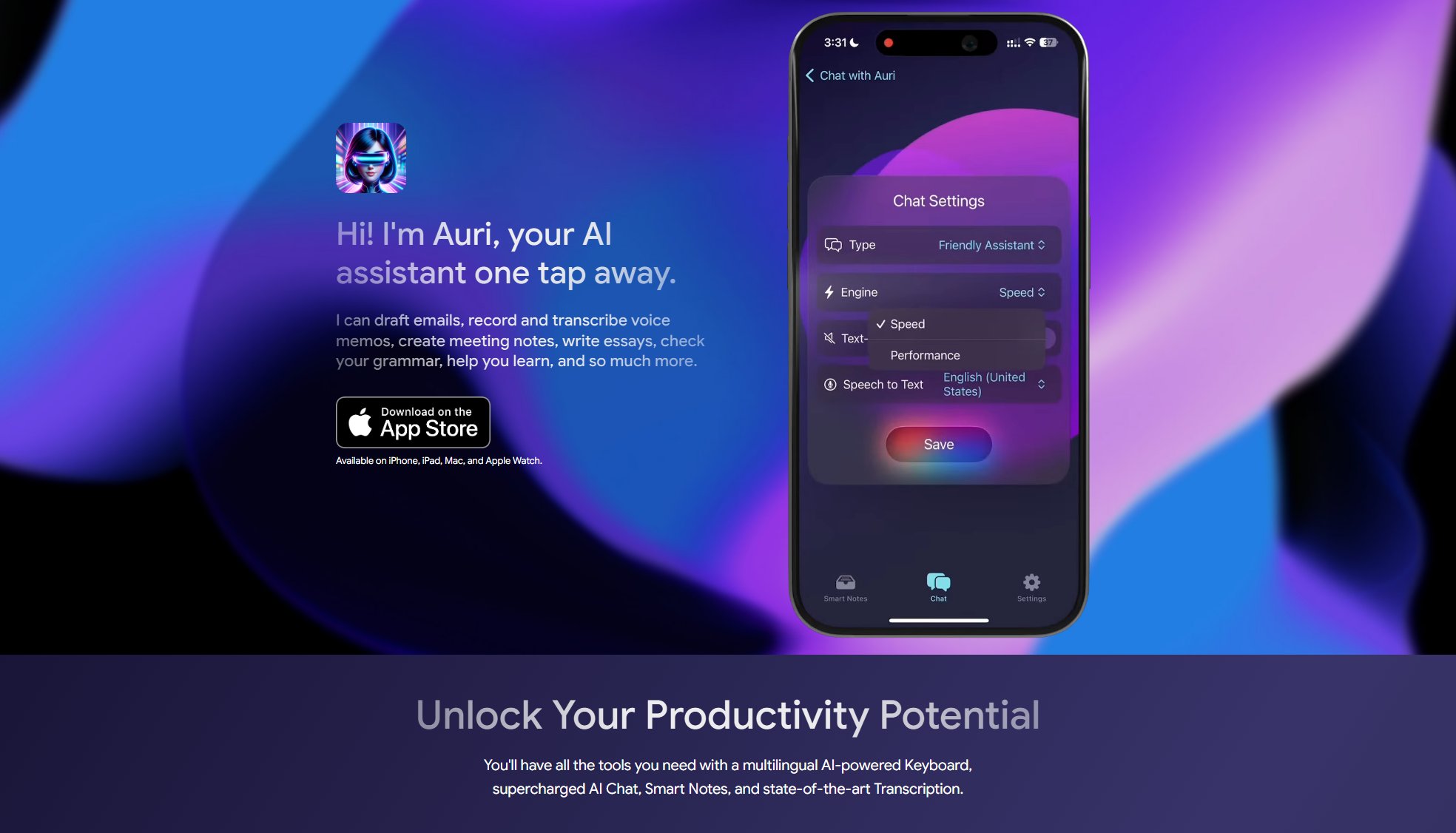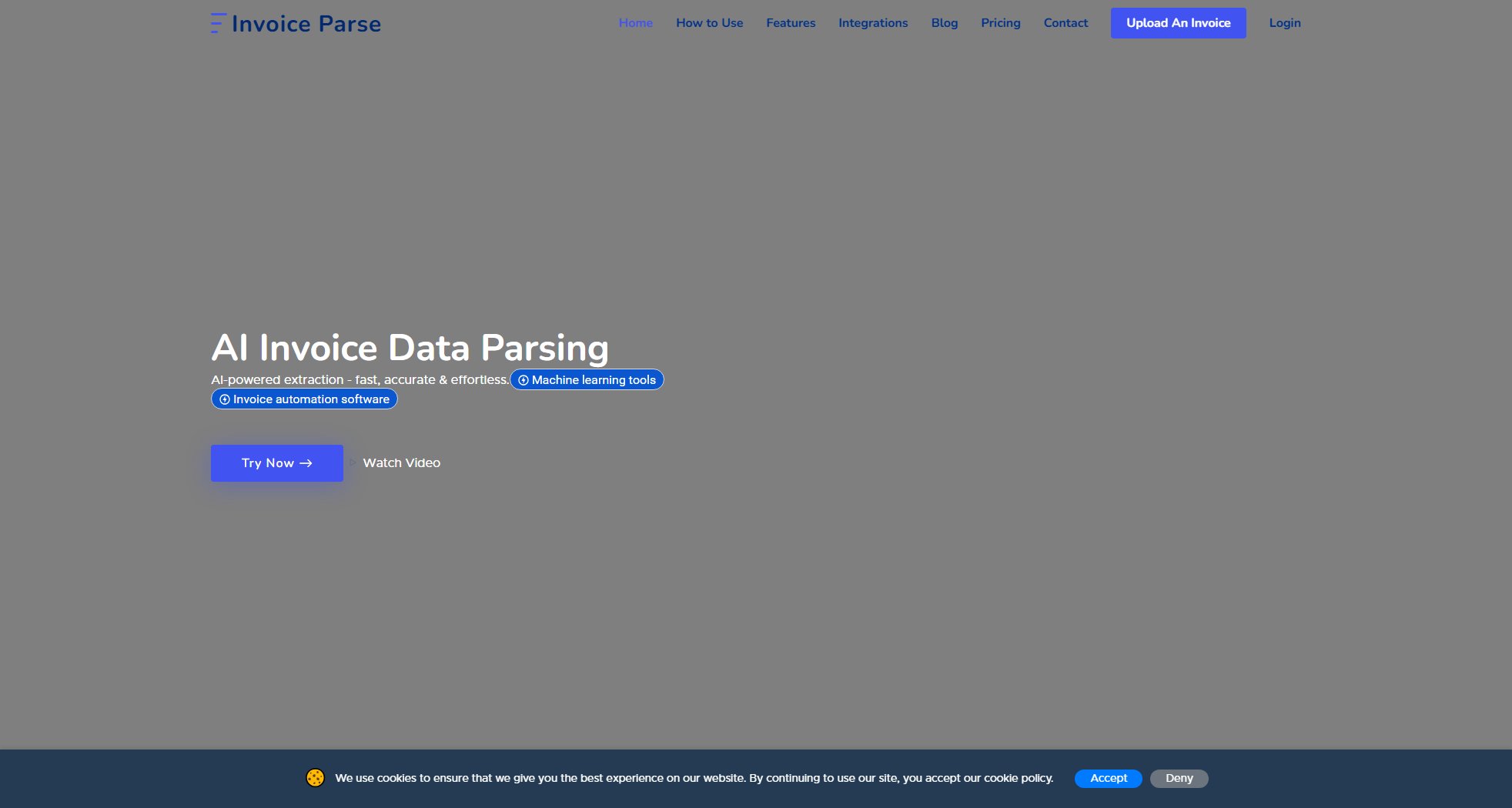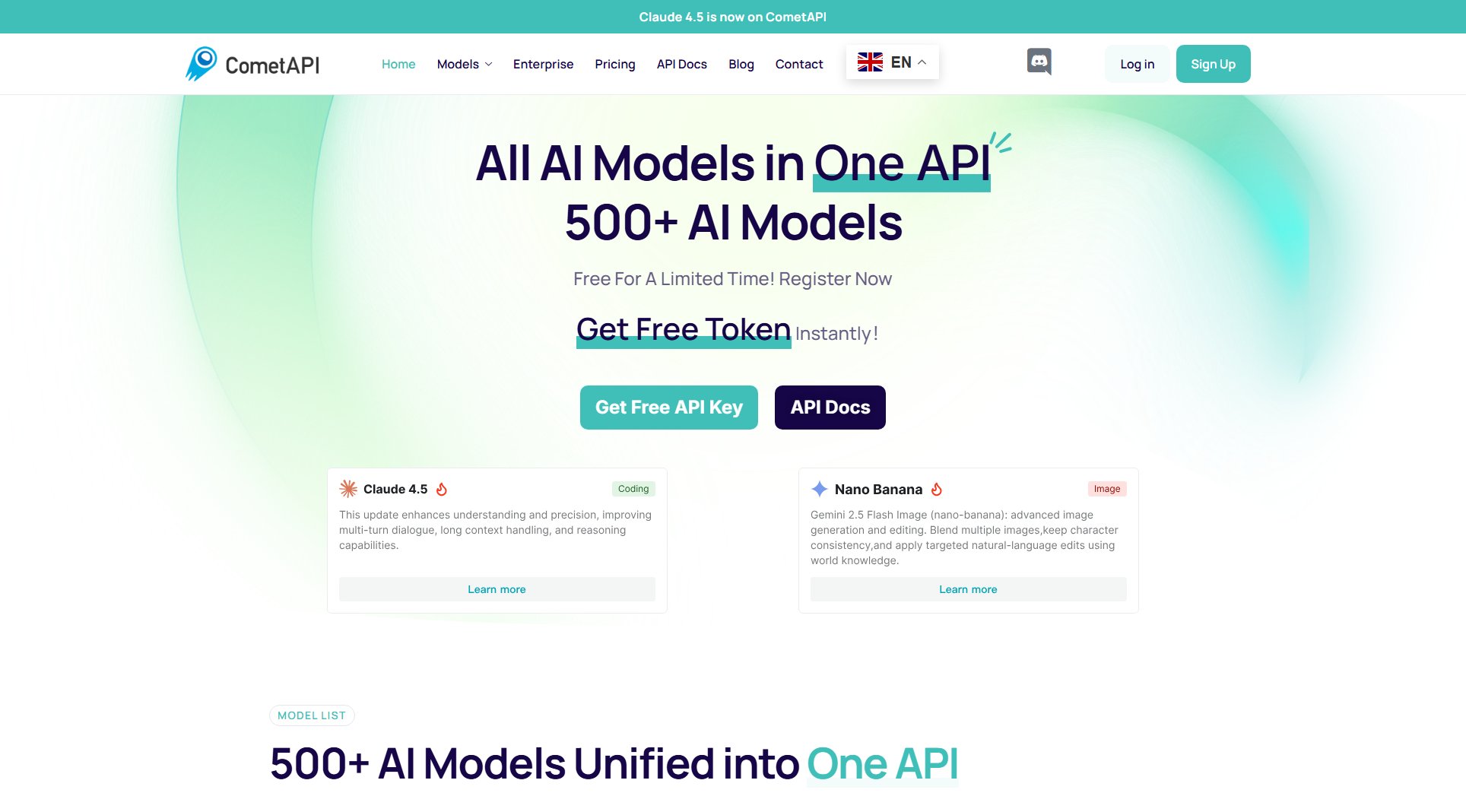Sashi
AI-powered admin portal from your own codebase
What is Sashi? Complete Overview
Sashi is a workflow automation system designed for growing tech teams. It transforms your backend functions into a secure internal admin portal with auto-generated UIs, role-based controls, and built-in workflows. Perfect for early-stage companies needing powerful internal tools without diverting engineering resources from core product development. Sashi makes backend code accessible to non-technical team members through natural language commands and automated workflows, eliminating the need for custom admin panels.
Sashi Interface & Screenshots

Sashi Official screenshot of the tool interface
What Can Sashi Do? Key Features
Auto-Generated Admin UI
Sashi declaratively exposes your backend functions and automatically generates tables, forms, and action interfaces. This eliminates the need to manually build admin panels while providing intuitive access to your system's capabilities.
Workflow Automation
Chain actions together seamlessly with automatic data passing between functions. Add approvals, schedules, and conditional logic to create sophisticated workflows without writing glue code or middleware.
RBAC & Audit Logs
Implement role-based access controls to restrict sensitive operations. Sashi maintains a complete audit trail of all actions taken through the system, including who performed them and when.
AI-Powered Chat Interface
Interact with your admin portal using natural language commands. The AI understands your registered functions and can create workflows automatically based on verbal descriptions of what needs to be accomplished.
Secure Execution Environment
Built with security in mind, Sashi supports sensitive function confirmation, API token management, and server-side execution. Operations run within your existing infrastructure's security context.
Best Sashi Use Cases & Applications
Support Team Operations
Support teams can perform common tasks like refunding users, resetting passwords, or checking subscription status without developer involvement. Sensitive operations include confirmation steps and audit logging.
Product Analytics
Product managers can build automated reports like weekly usage summaries or abandoned signup analyses by combining data access functions with notification workflows.
DevOps Automation
DevOps teams create reusable workflows for tasks like environment provisioning, key rotation, and system health checks that can be triggered through the chat interface.
How to Use Sashi: Step-by-Step Guide
Install Sashi by running 'npm install @sashimo/lib' in your project. Then run 'sashi setup' to configure the middleware and connect it to your application server.
Register your backend functions using the AIFunction API. Define inputs, outputs, and descriptions for each function you want to expose in the admin portal.
Access the auto-generated admin interface at '/sashi/bot' in your application. The portal will automatically display all registered functions with appropriate UI controls.
Use natural language commands in the chat interface or manually create workflows by connecting registered functions. The AI will help suggest appropriate sequences and handle data passing.
Execute workflows and monitor progress through the dashboard. View execution history, audit logs, and performance metrics for all operations.
Sashi Pros and Cons: Honest Review
Pros
Considerations
Is Sashi Worth It? FAQ & Reviews
Currently, Sashi primarily supports JavaScript/TypeScript projects through its Node.js library. The team is working on expanding language support.
No, all function execution happens within your infrastructure. Only metadata about your functions and workflow definitions are shared with Sashi's servers.
Yes, Sashi integrates with your existing authentication and can respect your current RBAC systems while adding additional workflow-specific controls.
Basic functionality continues working, but you won't be able to save additional workflows or execute more than the monthly allowance until upgrading.
You provide descriptions of each function's purpose, inputs, and outputs during registration. The AI uses this metadata to understand capabilities and suggest appropriate workflows.








